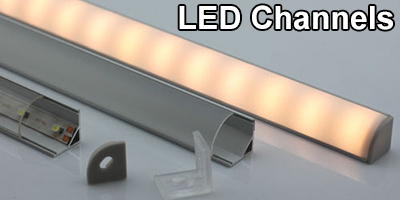I have a friend/newbie who wants lights for her condo in the event of a power outage. I recommended multiple auto emergency power outage lights, but would let her know what I'll recommend, after I gave it some thought, and spoke to you.
In the past I would recommend some Convoy s2+ lights, a charger, and some 18650 batteries.
Now I wonder would a 21700 recommendation be better?
She'll only get a few lights.
Should she get one with an integrated charger, or buy a separate charger?
I'd appreciate your thoughts, and any recommendations.
I'll see her again on Tuesday. Hopefully with a specific recommendation.
As a side note: she is quite capable.
In the past I would recommend some Convoy s2+ lights, a charger, and some 18650 batteries.
Now I wonder would a 21700 recommendation be better?
She'll only get a few lights.
Should she get one with an integrated charger, or buy a separate charger?
I'd appreciate your thoughts, and any recommendations.
I'll see her again on Tuesday. Hopefully with a specific recommendation.
As a side note: she is quite capable.

